Imagine, if you will, the notion of experiencing a life moving through time and space on an emotional journey of self-discovery. Imagine further that life unraveling a puzzle of corrupted time tied to a specific point of time that intersects a specific place in western British Columbia, Canada. Just such a journey awaits in Sea of Tranquility: A Novel as written by Emily St. John Mandel.

That Sea of Tranquility: A Novel deals in time travel has been raised. Imagine too the notion of simulation hypothesis, which as defined on Wikipedia here “proposes that all of existence is a simulated reality, such as a computer simulation.” While the exploration here is much more tranquil than say the exploration provided in The Matrix (1999), Emily St. John Mandel ask similar questions about what reality is, how time is experienced, and what constitutes memory when our perceptions of what is real are blurred.

The character Edwin St. Andrew opens Sea of Tranquility: A Novel by being exiled from England, across the Atlantic Ocean, into Canada. While enjoying the Canadian wilderness, Edwin suddenly becomes shaken when experiencing what he takes as the notes of a violin echoing in an airship terminal. Famous writer Olive Llewellyn, her home the second artificial colony on the Moon, writes of a man playing his violin on an airship terminal as the trees of a forest rise around him. Gaspery-Jacques Roberts then investigates this and other items, focusing the story into a mystery and romance that set about answering questions of reality, the experience of time and memory in a sweet tale of attempts to do the extraordinary being disrupted by the human experience.
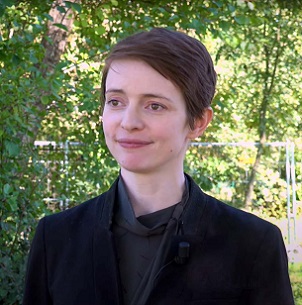
Sea of Tranquility: A Novel was written during the strictest movement restrictions of the COVID-19 pandemic. While get into the metaphysical, St. John Mandel maintains a sense of the ordinary with sprinkles of the grasp for meaning, connection, recognition and aspiration. The reach for these points mirrored the human experience during the COVID-19 lockdowns in a fictional way that gave meaning intermixed with beauty to the human experience. I give the experience of reading Sea of Tranquility: A Novel by Emily St. John Mandel 4.25-stars on a scale of 1-to-5 stars.
Matt – Wednesday, August 2, 2023
















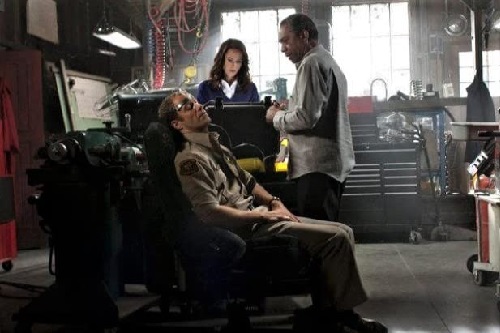

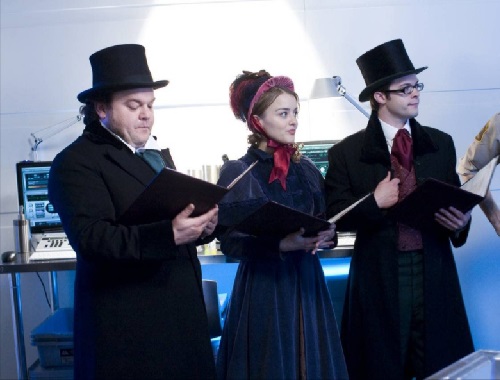
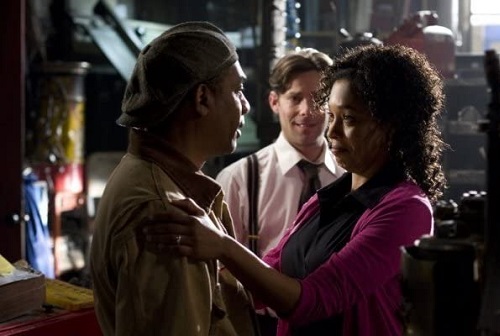
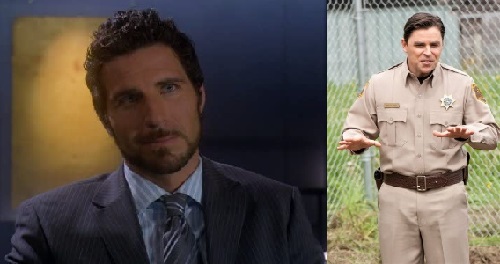

 (Ray Liotta as Shoeless Joe Jackson, James Earl Jones as Terence Mann, Kevin Costner as Ray Kinsella, and Amy Madigan as Annie Kinsella in Field of Dreams).
(Ray Liotta as Shoeless Joe Jackson, James Earl Jones as Terence Mann, Kevin Costner as Ray Kinsella, and Amy Madigan as Annie Kinsella in Field of Dreams). (Timothy Busfield as Mark, left, and Gaby Hoffmann as Karin Kinsella in Field of Dreams).
(Timothy Busfield as Mark, left, and Gaby Hoffmann as Karin Kinsella in Field of Dreams). (W.P. Kinsella, the author of Shoeless Joe, left, and J.D. Salinger).
(W.P. Kinsella, the author of Shoeless Joe, left, and J.D. Salinger). (Burt Lancaster as Dr. Archibald ‘Moonlight’ Graham, left, and Frank Whaley as Archie Graham in Field of Dreams).
(Burt Lancaster as Dr. Archibald ‘Moonlight’ Graham, left, and Frank Whaley as Archie Graham in Field of Dreams).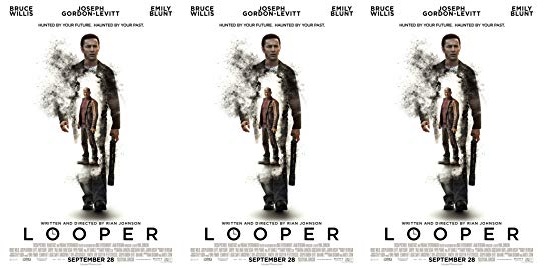
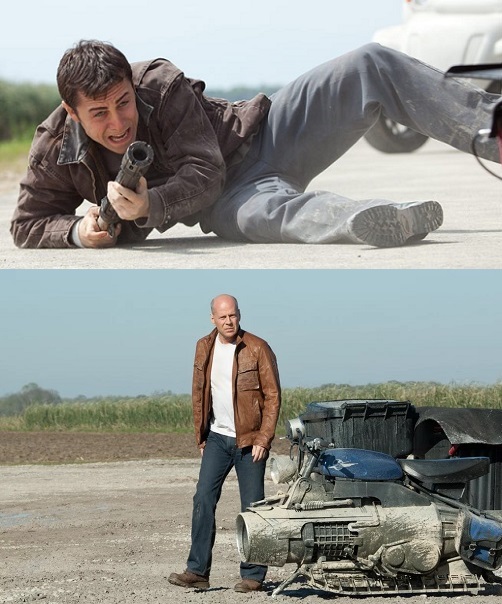 (Joseph Gordon-Levitt as Joe, top, and Bruce Willis as Old Joe in the movie Looper).
(Joseph Gordon-Levitt as Joe, top, and Bruce Willis as Old Joe in the movie Looper). (Jeff Daniels as Abe, top, and Paul Dano as Seth in the movie Looper).
(Jeff Daniels as Abe, top, and Paul Dano as Seth in the movie Looper).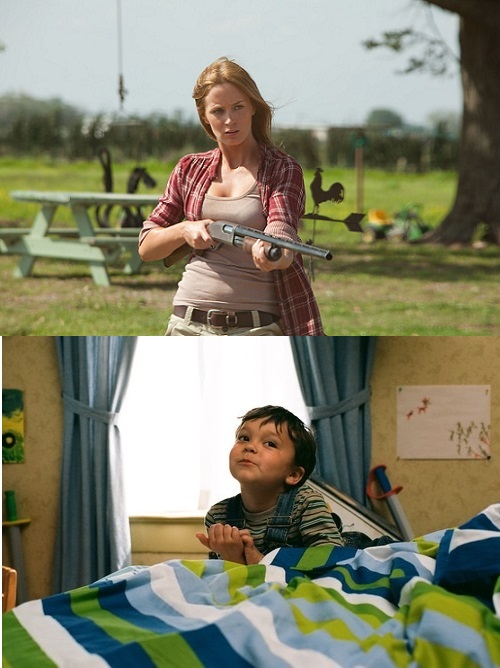 (Emily Blunt as Sara, top, and Pierce Gagnon as Cid in the movie Looper).
(Emily Blunt as Sara, top, and Pierce Gagnon as Cid in the movie Looper). (Qing Xu as Old Joe’s wife, top, and Piper Perabo as Suzie in the movie Looper).
(Qing Xu as Old Joe’s wife, top, and Piper Perabo as Suzie in the movie Looper). (Rian Johnson wrote and directed the movie Looper).
(Rian Johnson wrote and directed the movie Looper).

